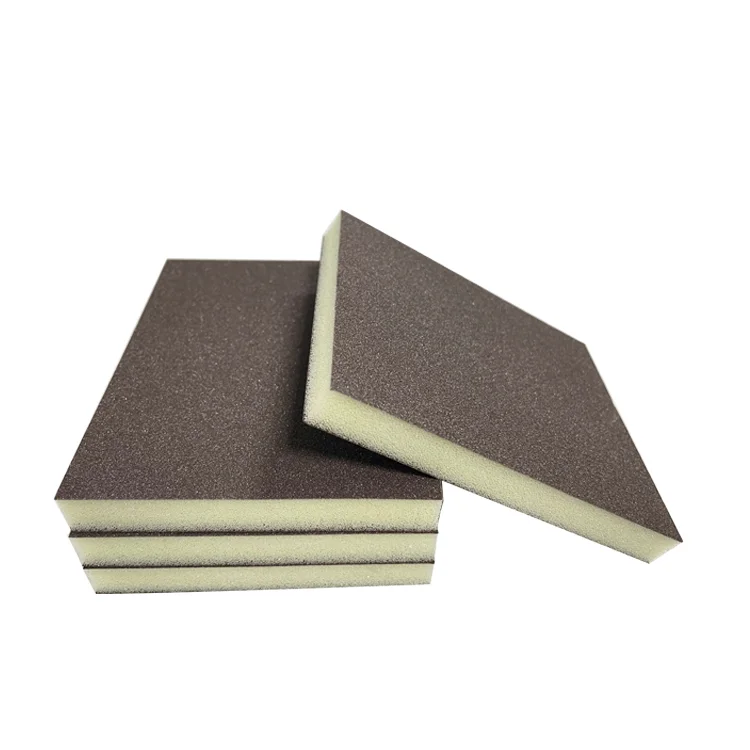In the ever-evolving world of fashion retail, identifying the right clothing to sell can be the difference between a thriving business and one that struggles to stay afloat. With consumer preferences shifting rapidly and market trends constantly changing, it’s crucial for entrepreneurs and retailers to stay ahead of the curve. This article delves into the intricacies of selecting the best clothing to sell, providing a multi-faceted approach that encompasses market analysis, consumer behavior, and strategic sourcing.
Understanding Market Trends
The first step in determining what clothing is best to sell is to conduct thorough market research. This involves analyzing current fashion trends, seasonal demands, and consumer preferences. Tools such as Google Trends, social media analytics, and fashion forecasting reports can provide valuable insights into what styles, colors, and fabrics are gaining traction.
- Seasonality: Clothing sales are often influenced by the seasons. For instance, lightweight fabrics and bright colors tend to sell well in spring and summer, while heavier materials and darker hues are more popular in fall and winter. Understanding these seasonal shifts can help retailers stock their inventory accordingly.
- Cultural Influences: Fashion is heavily influenced by cultural events, celebrity endorsements, and social movements. Keeping an eye on these influences can help retailers anticipate shifts in consumer demand. For example, the rise of sustainable fashion has led to increased interest in eco-friendly materials and ethical production practices.
Target Audience Analysis
Identifying your target audience is crucial in determining what clothing to sell. Different demographics have varying preferences, and understanding these nuances can significantly impact your sales strategy.
- Age Group: Clothing preferences can vary widely across different age groups. For instance, Gen Z consumers may gravitate towards streetwear and sustainable brands, while older demographics might prefer classic styles and quality fabrics. Tailoring your offerings to meet the preferences of your target age group can enhance customer satisfaction and loyalty.
- Lifestyle and Values: Today’s consumers are increasingly driven by their lifestyles and values. Athleisure wear has surged in popularity as more people prioritize comfort and functionality. Similarly, the demand for sustainable and ethically produced clothing continues to grow. Understanding the values of your target audience can guide your product selection.
Sourcing Quality Clothing
Once you have a clear understanding of market trends and your target audience, the next step is sourcing quality clothing. The quality of your products can significantly impact your brand reputation and customer retention.
- Supplier Relationships: Building strong relationships with reliable suppliers is essential. Look for manufacturers who prioritize quality control and ethical production practices. Attending trade shows and industry events can help you connect with potential suppliers and assess their offerings firsthand.
- Fabric Selection: The choice of fabric can make or break a clothing line. Natural fibers like cotton, linen, and wool are often preferred for their comfort and breathability, while synthetic materials like polyester and nylon can offer durability and moisture-wicking properties. Understanding the characteristics of different fabrics can help you curate a collection that meets consumer expectations.
Pricing Strategy
Determining the right pricing strategy is crucial for maximizing profit margins while remaining competitive. Conducting a competitive analysis can provide insights into how similar products are priced in the market.
- Cost-Plus Pricing: This strategy involves calculating the total cost of producing a garment and adding a markup to ensure profitability. It’s essential to factor in all costs, including materials, labor, and overhead, to set a price that reflects the value of your product.
- Value-Based Pricing: This approach focuses on the perceived value of your clothing to the consumer. If your brand is associated with high quality, unique designs, or ethical production, you may be able to command higher prices. Conducting surveys or focus groups can help gauge consumer perceptions and willingness to pay.
Marketing Your Clothing Line
Once you have selected the best clothing to sell, an effective marketing strategy is essential for driving sales. Utilize a mix of digital marketing, social media, and influencer partnerships to reach your target audience.
- Social Media Engagement: Platforms like Instagram and TikTok are powerful tools for showcasing your clothing line. High-quality visuals, engaging content, and authentic storytelling can help build a loyal following and drive traffic to your online store.
- Influencer Collaborations: Partnering with influencers who align with your brand values can amplify your reach and credibility. Influencers can showcase your clothing in real-life settings, providing potential customers with inspiration and motivation to purchase.
Conclusion
Choosing the best clothing to sell is a multifaceted process that requires careful consideration of market trends, target audience preferences, quality sourcing, pricing strategies, and effective marketing. By taking a strategic approach and staying attuned to the ever-changing fashion landscape, retailers can unlock significant profit potential and build a successful clothing business. Remember, the key to thriving in the competitive fashion industry lies in understanding your customers and delivering products that resonate with their needs and desires.


